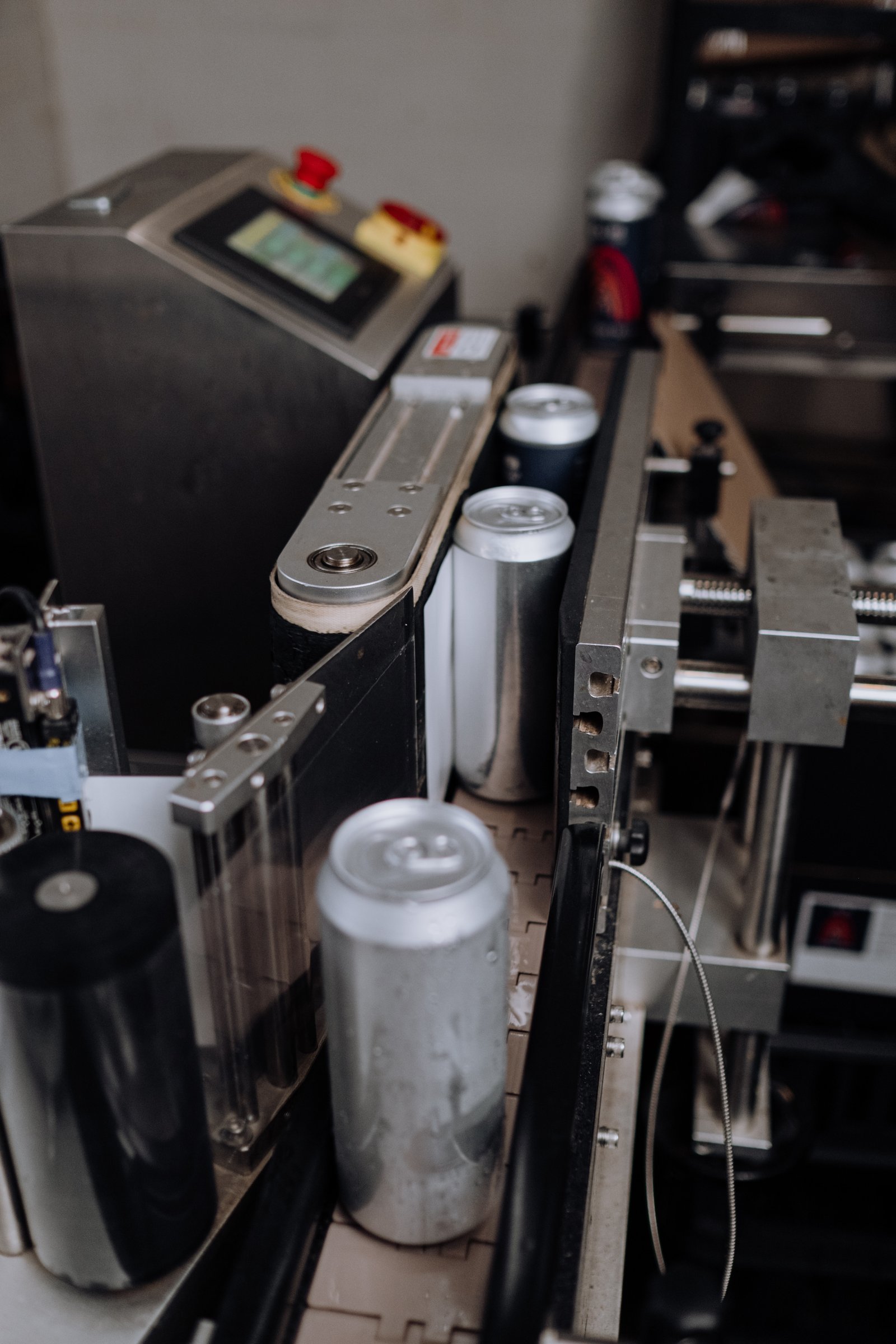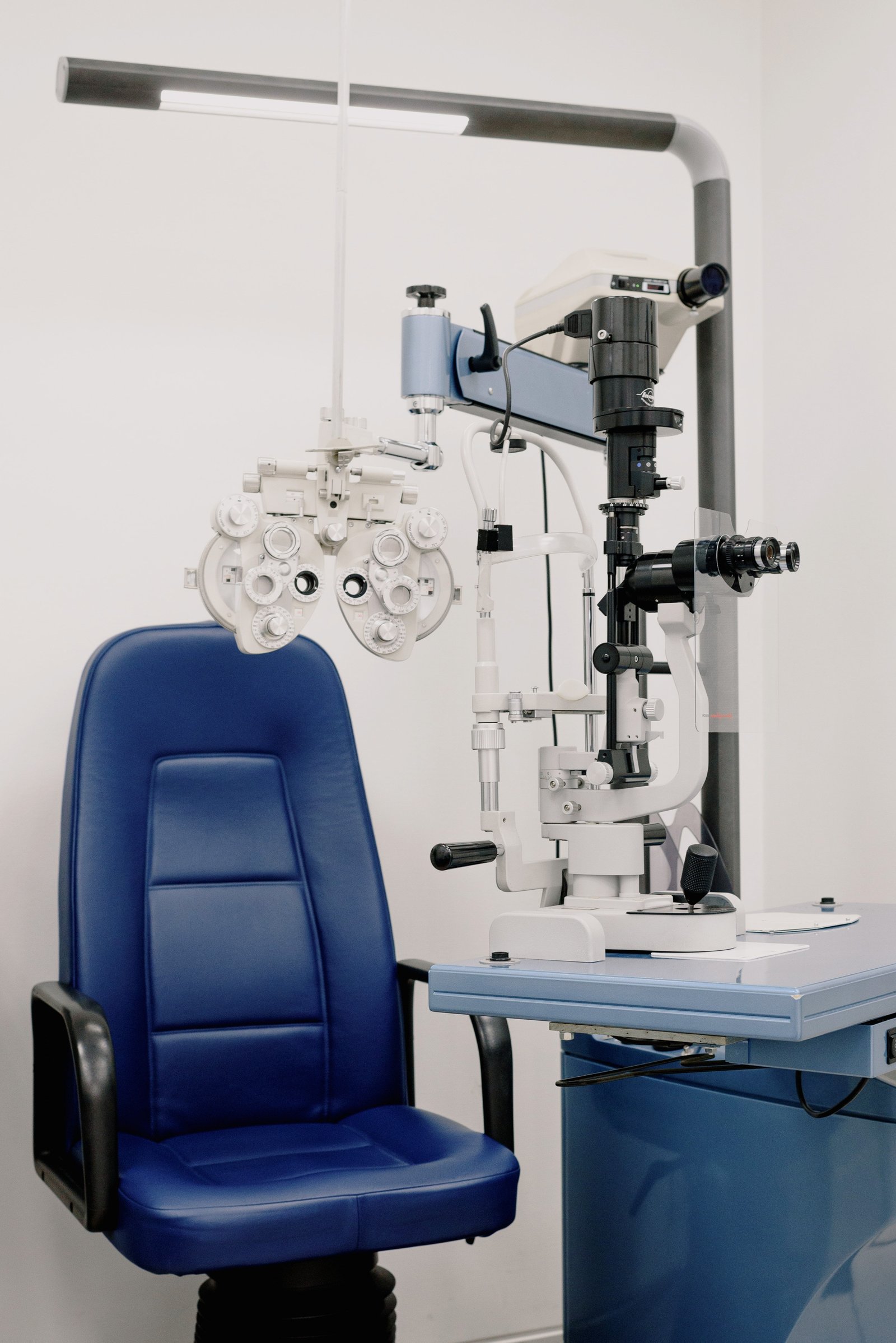
Introduction to Hyper Automation:
Hyper automation combines artificial intelligence, machine learning, robotic
process automation (RPA), and other advanced technologies to automate
complex business processes.
It empowers organizations to streamline operations, increase productivity,
and unlock new possibilities for innovation and growth.
Hyper automation represents a paradigm shift in the way businesses
operate, transforming traditional workflows into dynamic, agile processes
driven by intelligent automation.
What is Hyper Automation:
Welcome to the era of hyper automation, where cutting-edge technologies
converge to revolutionize the way businesses operate.
As per Gartner
“
Hyper automation is a business-driven, disciplined approach that
organizations use to rapidly identify, vet and automate as many business
and IT processes as possible.
“
It is a transformative approach that leverages artificial intelligence and
automation tools to maximize efficiency, eliminate manual tasks, and drive
unprecedented levels of productivity.
History of Hyper Automation:
The concept of automation has been evolving over the years, but the term
“hyper automation” gained prominence with the rapid advancements in AI
and machine learning. Milestones include the emergence of RPA, the
development of intelligent automation platforms, and the collaboration of
leading tech companies and research institutions to push the boundaries of
automation capabilities.

How Hyper automation works:
Hyper automation combines various technologies to automate end-to-end
business processes. It starts with identifying suitable processes for
automation, followed by using RPA bots to handle repetitive tasks.
Machine learning algorithms and AI models are then deployed to analyze
data, make decisions, and continuously improve the automation process.
It involves various technologies like
1. RPA (Robotic Process Automation). RPA relies heavily on structured
data. A traditional RPA software requires humans to understand the
context. That means, RPA is useful, when we have only rule-based
tasks for automation.
2. Process Mining: This is to get deep insights into various process of a
company.
3. API (Application Programming Interface) : This helps in connecting
various systems.
4. Computer Vision: This helps in object detection and image
classification, both from structured data as well as un-structured data.
5. NLP (Natural language Processing): NLP helps machines in
understanding various unstructured data. For example, data can be
fed from emails, social media posts, videos etc. Now machines,
perform sentiment analysis, classify text into various categories and
take appropriate actions.
What is Process Mining: Process mining helps in deeply
understanding the processes of a company. By this, one can optimize
the processes, identify the risks involved in a process, remove the
redundant processes, and simplify the processes wherever
applicable. All these in turn helps in hyper automation.
Earlier, lot of automation was done using RPA. As explained earlier
RPA is good, when we have processes, which are rule based or
which contain only structured data.
Hyper automation can work and automate tasks, where un-structured
data is also involved.
For example, hyper automation can do sentiment analysis based on
social media feed, email etc. and take relevant action.
While a normal RPA based bot can simply read and reply to mail
based on the defined rules, hyper automation can categorize mails,
summarize the content, do sentiment analysis and can reply
intelligently or route the communication to the right set of people
within the company.
Hyper automation helps in overall process simplification and helps in
taking decisions.
Features of Hyper automation:
1. Intelligent Decision-Making: Hyper automation leverages AI
algorithms to make intelligent decisions based on data analysis and
predefined rules, reducing the need for human intervention.
2. Scalability and Flexibility: It allows organizations to scale automation
efforts quickly, adapting to changing business needs and handling
complex workflows with ease.
3. Integration Capabilities: Hyper automation seamlessly integrates with
existing systems and technologies, ensuring a smooth transition and
enabling end-to-end automation.
Hyper automation helps various department of a company to share their
data on a real time basis. This in turn helps in overall collaboration.

Advantages of Hyper Automation:
Hyper automation makes end-to-end processes far more intelligent. It also
optimizes the various tasks involved in a task.
1. Increased Efficiency: By automating manual and repetitive tasks,
hyper automation frees up valuable human resources to focus on
higher-value activities, leading to increased productivity and
efficiency.
2. Enhanced Accuracy: Automation reduces the risk of errors and
improves data accuracy, leading to improved decision-making and
better business outcomes.
3. Innovation and Agility: Hyper automation empowers organizations to
drive innovation by enabling faster process execution, quicker
response times, and the ability to adapt to changing market demands.
As explained earlier, now automation is not dependent on single
technology, but various tools and technologies can be used, which
are fit for purpose for the underlying tasks.

Use Cases of Hyper Automation:
1. Customer Service Automation: Hyper automation can streamline
customer service operations by automating routine inquiries, enabling
self-service options, and utilizing chatbots for efficient and
personalized interactions.
2. Financial Process Automation: Hyper automation can revolutionize
financial processes by automating tasks such as invoice processing,
expense management, and financial reporting, improving accuracy
and reducing processing time.
3. Supply Chain Optimization: Hyper automation can enhance supply
chain operations by automating inventory management, demand
forecasting, and logistics, ensuring timely delivery and minimizing
disruptions.
4. Various task in travel claims, HR claims and insurance claims are
now taking advantage of hyper automation to increase productivity
and settle the claims with faster turnaround.
Here hyper automation performs these activities.
a. Collecting travel or other expense paper/receipts
b. Extracting data from these receipts
c. Checking receipts to see whether they are compliant with the
policies of the company.
d. Completing payments or requesting approval on items that are not
in line with the company policies.

Companies Using Hyper Automation:
1. UiPath: UiPath is a leading provider of hyper automation platforms,
empowering organizations worldwide to automate their business
processes and unlock new levels of productivity.
2. Automation Anywhere: Automation Anywhere offers a comprehensive
intelligent automation platform, enabling businesses to automate
complex tasks and accelerate digital transformation.
3. Blue Prism: Blue Prism provides a scalable and secure hyper
automation platform, combining RPA, AI, and process analytics to
automate and optimize business processes.
Industries using Hyper Automation:
1. Healthcare: Hyper automation is revolutionizing healthcare by
automating administrative tasks, medical record management, and
patient scheduling, enabling healthcare professionals to focus more
on patient care.
2. Finance and Banking: Financial institutions are leveraging hyper
automation to automate regulatory compliance, fraud detection, and
customer onboarding processes, improving efficiency and reducing
operational risks.
3. Manufacturing: Hyper automation is transforming the manufacturing
sector by automating production lines, inventory management, and
quality control processes, increasing productivity and reducing costs.
Hyper automation has the potential to benefit a wide range of industries,
including retail, logistics, telecommunications, and human resources. Any
industry that relies on repetitive processes and data-driven decision-making
can leverage hyper automation to achieve greater efficiency and
innovation.
Other technologies related to Hyper Automation:
1. Robotic Process Automation (RPA): RPA focuses on automating
repetitive tasks using software bots to mimic human actions.
2. Artificial Intelligence (AI): AI technologies, such as machine learning
and natural language processing, enhance automation capabilities by
enabling intelligent decision-making and data analysis.
3. Business Process Management (BPM): BPM tools provide a
framework for designing, executing, and managing automated
processes across an organization.
When you should NOT use Hyper Automation:
Hyper automation may not be suitable in certain scenarios, such as highly creative or
strategic tasks that require human judgment, empathy, or complex problem-solving
skills. Additionally, organizations with limited resources or complex legacy
systems may face challenges in implementing hyper automation effectively.
Hyper automation is not solely about replacing humans with machines.
It encompasses a holistic approach that combines human expertise and
technology to achieve optimal results, rather than eliminating human
involvement altogether.

How Hyper Automation processing will evolve in the future:
The future of hyper automation holds immense potential. As AI and
machine learning continue to advance, hyper automation will become more
intelligent, adaptive, and capable of handling complex tasks. It will find
applications in areas such as intelligent virtual assistants, autonomous
vehicles, and personalized healthcare, shaping a future where human-
machine collaboration drives innovation and transforms industries.
Conclusion:
Hyper automation represents a transformative force in the world of
business, enabling organizations to unlock new levels of efficiency,
productivity, and innovation. By combining the power of AI, machine
learning, and automation technologies, hyper automation empowers
businesses to streamline operations, improve accuracy, and focus on
value-added activities. As we embark on this journey of automation, the
possibilities are endless, and the future is filled with tremendous potential
for growth and progress.


Thanks for a very detailed and informative article on this important topic. It gives a clear picture of how new technologies impact across the economy in so many ways.